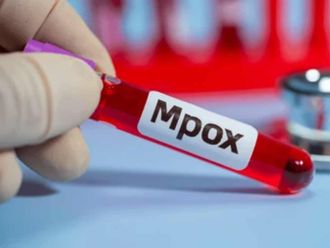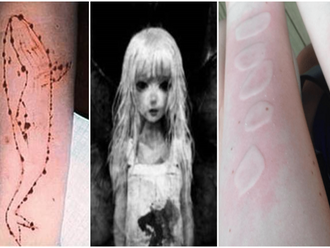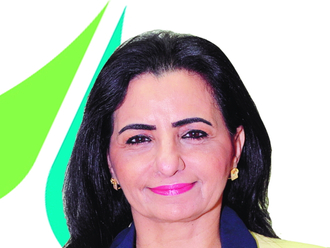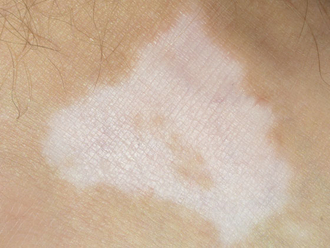
New York: Electrical stimulation of the spinal cord is feasible, well-tolerated, and can have therapeutic potential to treat depression, according to a pilot clinical trial.
The trial, published in the journal Molecular Psychiatry, focuses on how brain-body communication is involved in psychiatric disorders.
"Spinal cord stimulation is thought to help the brain modulate itself as it should by decreasing the noise or decreasing the hyperactive signalling that may be in place during a depressive syndrome," said principal investigator Francisco Romo-Nava, Associate Professor in the Department of Psychiatry and Behavioral Neurosciences at University of Cincinnati in the US.
The spinal cord stimulation was designed to decrease the flow of information in the brain-body circuit so that the brain is better able to readjust and regulate itself.
The team used an investigational device that was no larger than a shoe box, with the active electrode placed on the patient's back and the return electrode placed on their right shoulder.
A total of 20 patients were enrolled in the trial, with half randomised to receive the active version of the spinal cord stimulation and half receiving a different version of current that was not expected to have much of an effect.
Patients attended three 20-minute sessions a week for eight weeks, for a total of 24 spinal stimulation sessions.
"We used a current that is so small that it's about ten times smaller than the one known to induce tissue damage, so that's also pretty encouraging because there's a lot to explore in terms of what is the optimal dose and session frequency," he said.
Mild side effects
Side effects of the treatment were mild, including skin redness at the stimulation site and brief non-painful itching or burning sensations that only lasted during the treatment sessions.
The skin redness typically did not last more than 20 minutes after a session, Romo-Nava said.
A virtual reconstruction of how the current from the device moves through the body showed the current reaches spinal gray matter in the spinal cord but does not reach the brain itself.
"That supports our hypothesis that it is the modulation of these pathways of information that then may induce an effect on the mood-relevant areas in the brain," he said. "So it is not the current that reaches the brain; it is the change in the signal that then has an effect. This study is not sufficient to prove all of these components of the hypothesis, but we think it's a great start."
Patients who received the active stimulation had a greater decrease in the severity of their depressive symptoms compared to the control group, but Romo-Nava cautioned the study was limited by its small sample size.
These results will need to be replicated in much larger studies to be confirmed.











